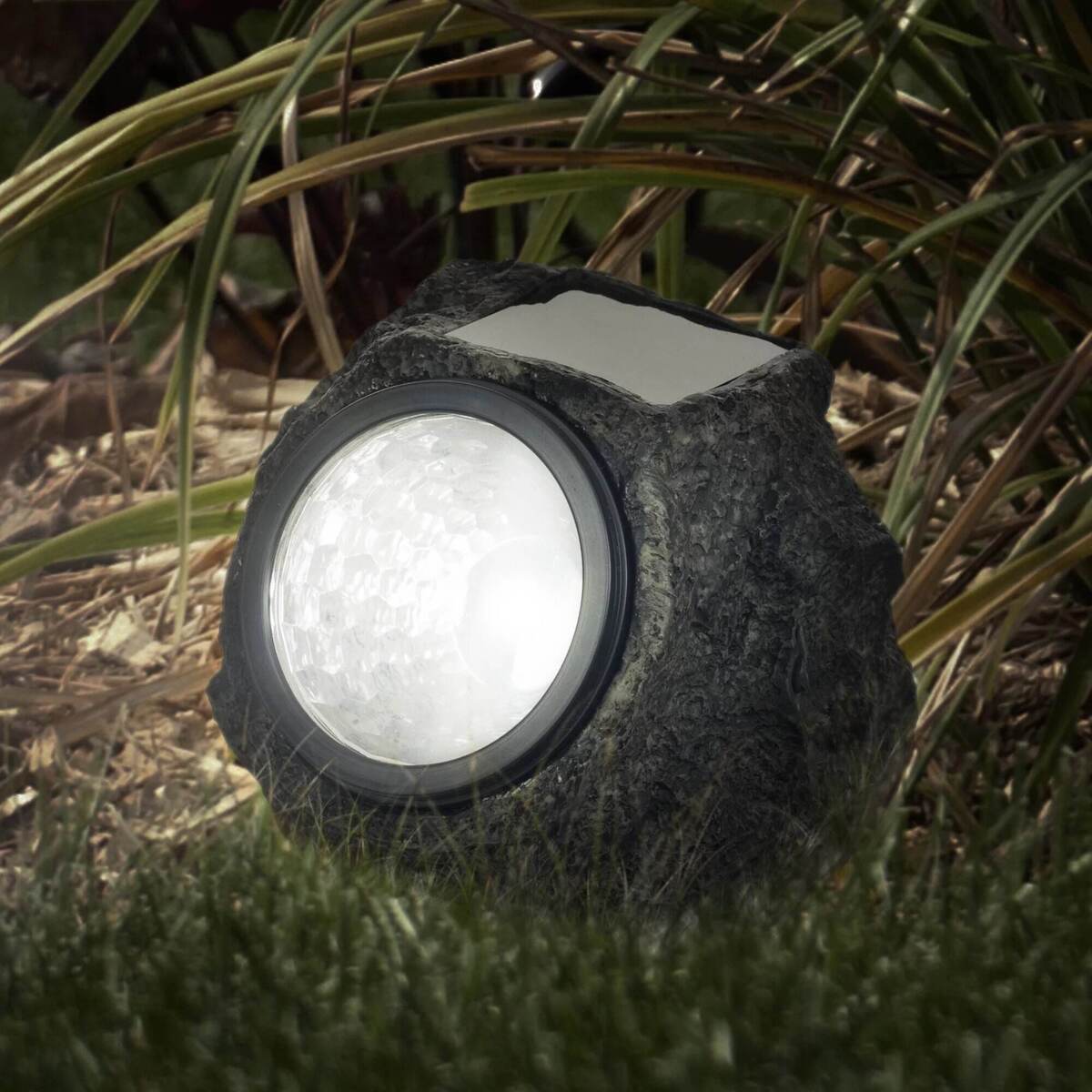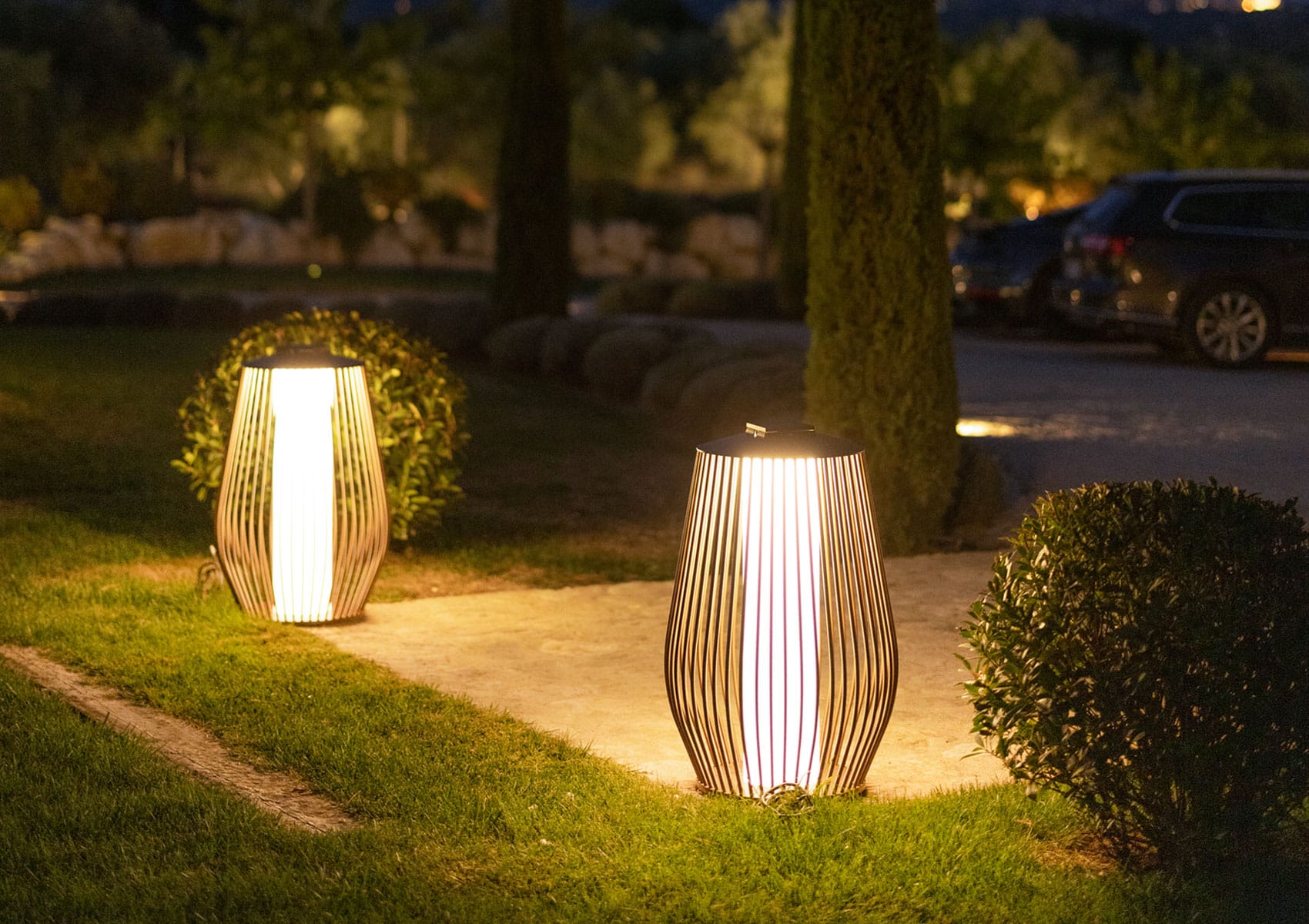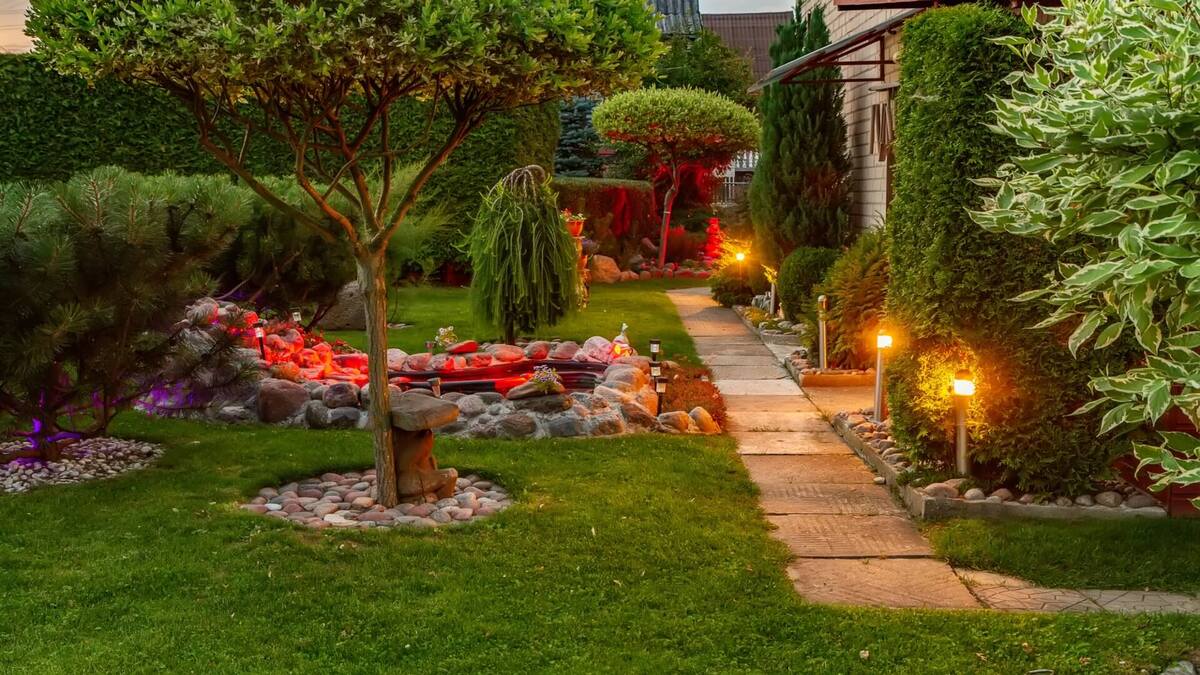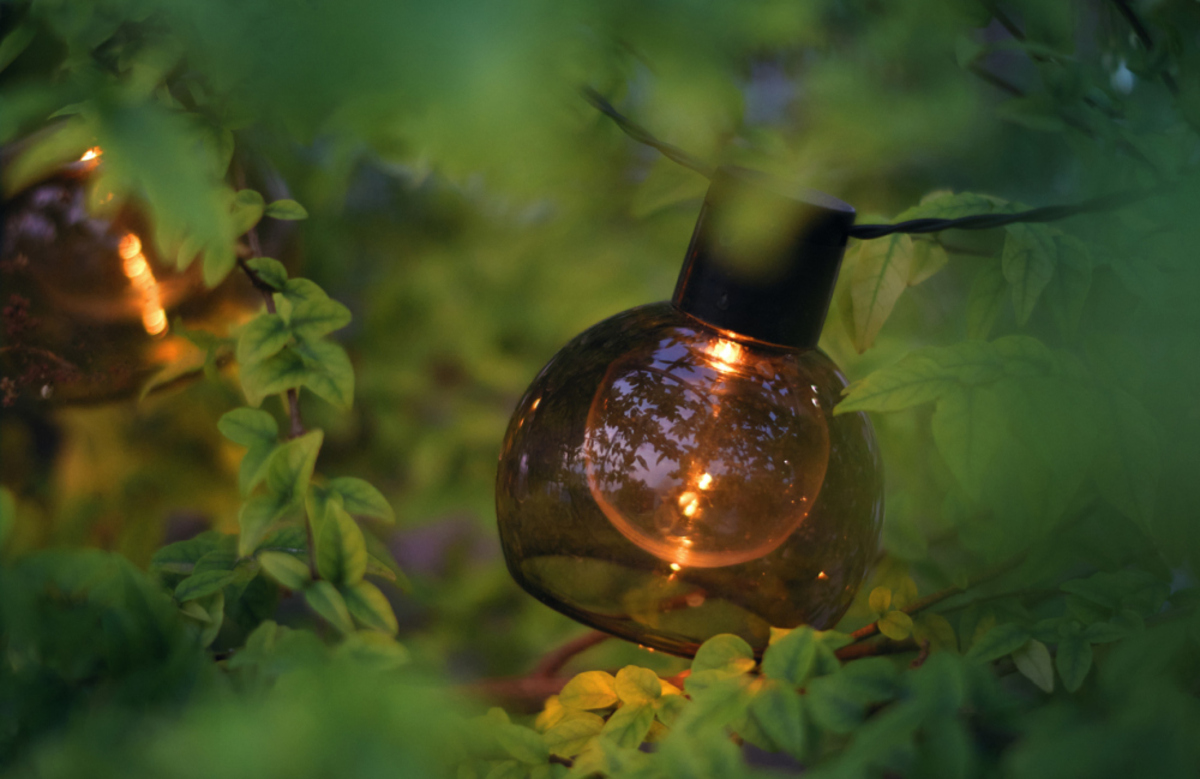Home>Gardening Techniques>DIY Projects>How To Place Solar Lights In Landscaping
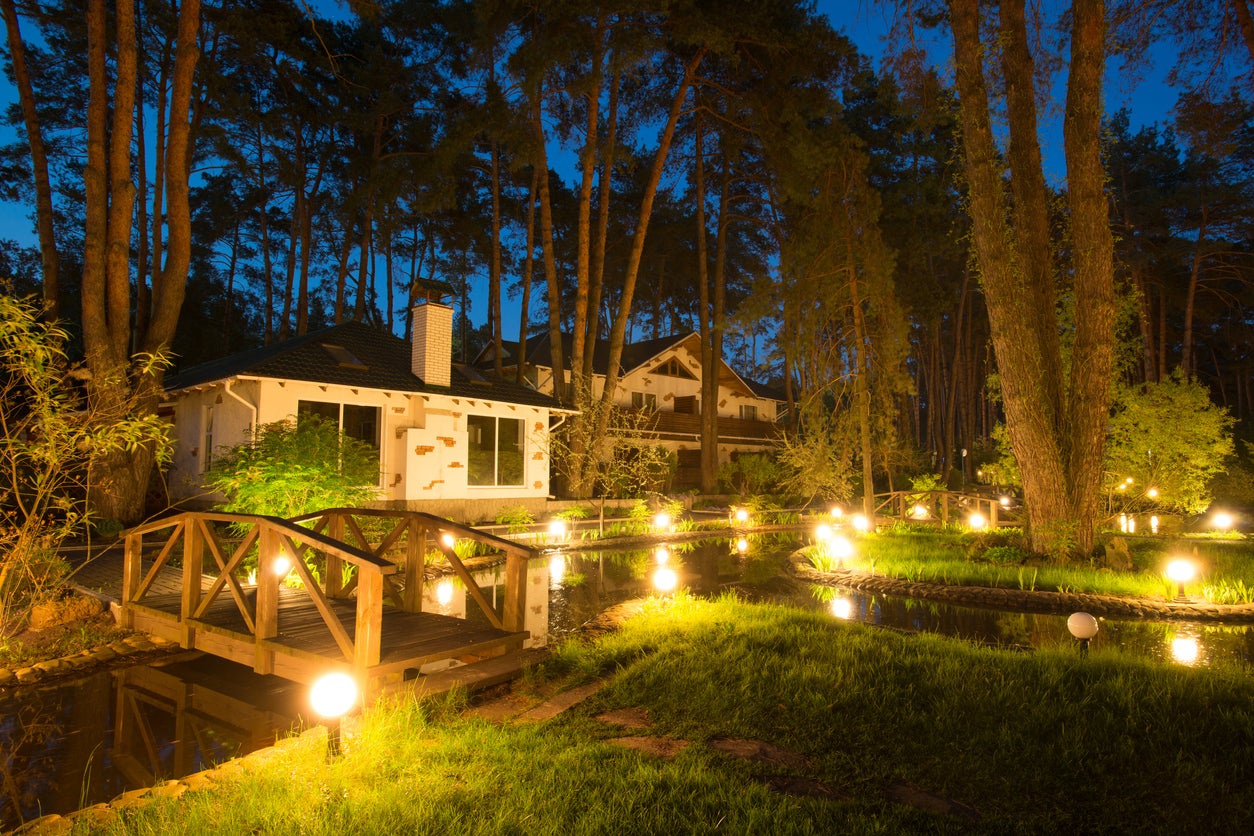

DIY Projects
How To Place Solar Lights In Landscaping
Published: August 19, 2023
Looking to add solar lights to your landscaping? Learn how to do it yourself with these easy DIY projects. Transform your outdoor space with solar-powered lighting.
(Many of the links in this article redirect to a specific reviewed product. Your purchase of these products through affiliate links helps to generate commission for Chicagolandgardening.com, at no extra cost. Learn more)
Table of Contents
Introduction
When it comes to enhancing the beauty and functionality of your outdoor space, solar lights can be a game-changer. Not only do they offer an eco-friendly alternative to traditional lighting, but they also provide a hassle-free way to illuminate your landscape. Whether you’re looking to add a touch of ambiance to your garden, improve safety along pathways, or highlight architectural features, solar lights are a versatile and cost-effective solution.
Choosing the right solar lights for your landscaping needs is crucial. With a wide range of options available, including path lights, spotlights, and string lights, it’s important to consider factors such as the desired brightness, style, and durability. Additionally, assessing your landscape and determining the specific areas you want to illuminate will help you plan the placement of the lights effectively.
When it comes to placing solar lights in your landscaping, there are several considerations to keep in mind. Pathway lighting can create a welcoming and safe environment for your guests, while garden features and focal points can be highlighted to create visual interest. Outdoor living spaces, such as patio areas or decks, can be transformed into cozy retreats with the help of solar lights. It’s also important to know how to properly maintain and troubleshoot solar lights to ensure their longevity and optimal performance.
In this article, we will explore the various aspects of placing solar lights in your landscaping, from choosing the right lights to assessing your landscape and implementing strategic placements. We’ll also provide tips on how to maintain and troubleshoot your solar lights. So, let’s dive in and discover how you can effectively brighten up your outdoor space with solar power!
Choosing the Right Solar Lights
When it comes to choosing solar lights for your landscaping, it’s important to consider several factors to ensure you make the right decision. Here are some key points to keep in mind:
- Brightness: Determine the level of brightness you need for your outdoor space. Path lights typically provide a soft glow, while spotlights offer brighter illumination. Consider the purpose of the lights and select the appropriate brightness level.
- Style: Solar lights come in various styles and designs to complement different landscape aesthetics. From sleek and modern to rustic and traditional, choose a style that aligns with your outdoor decor and creates the desired ambiance.
- Durability: Look for solar lights made from high-quality materials that can withstand outdoor conditions, such as rain, snow, and UV exposure. Opt for lights with sturdy construction and waterproof features to ensure longevity.
- Battery Capacity: Check the battery capacity of the solar lights, as it determines how long they can operate after a full charge. Look for lights with larger battery capacities if you require longer illumination duration during the night.
- Solar Panel Efficiency: The efficiency of the solar panel directly impacts the charging time and overall performance of the lights. Look for solar lights with high-quality panels that can efficiently convert sunlight into energy.
Additionally, read customer reviews and ratings to get insights into the performance and reliability of the solar lights you are considering. Gathering information from reputable sources and seeking recommendations from friends or professionals can also help in making an informed decision.
Assessing Your Landscape
Before placing solar lights in your landscape, it’s essential to assess your outdoor space to determine the optimal locations for installation. Here are some steps to follow:
- Walkthrough: Take a walk around your property during different times of the day to observe the natural lighting conditions. Identify areas that are particularly dark or where additional illumination would enhance safety and visual appeal.
- Focal Points: Look for focal points in your landscape, such as trees, sculptures, or water features. These areas can benefit from spotlighting or accent lighting to create a dramatic effect and draw attention.
- Pathways: Determine the pathways that need lighting for safe navigation. Measure the length and width of the paths to determine the number and spacing of path lights required. Consider installing lights at regular intervals to ensure even illumination.
- Garden Beds: Evaluate your garden beds and identify plants or flower beds that you want to highlight. Use solar spotlights or uplights to showcase these areas and create a beautiful nighttime display.
- Outdoor Living Spaces: If you have a patio, deck, or seating area in your yard, think about how solar lights can enhance the ambiance of these spaces. Consider string lights or wall-mounted lights to create a warm and inviting atmosphere for entertaining or relaxation.
- Access to Sunlight: Assess the areas where you plan to install solar lights to ensure they receive adequate sunlight during the day. Solar lights need to be exposed to direct sunlight for optimal charging and performance.
By assessing your landscape thoroughly, you can identify the key areas that require lighting and plan accordingly. This evaluation will help you determine the types and number of solar lights needed for your landscaping project.
Placing Solar Lights in Pathways
Pathway lighting not only adds beauty to your landscape but also provides safety and guidance for guests navigating your outdoor space. Here are some tips for placing solar lights in pathways:
- Spacing: Determine the spacing between each solar light along the pathway. A general guideline is to place lights around 6 to 8 feet apart to ensure adequate illumination without overcrowding the area.
- Stake or Ground Installation: Choose between stake-style solar lights that can be inserted directly into the ground or ground-level lights that can be mounted on flat surfaces or step edges. Stake-style lights are ideal for soft ground, while ground-level lights work well for hard surfaces like concrete.
- Height: Consider the height at which you want your pathway lights to be installed. Typically, placing them at a height of 12 to 18 inches above the ground provides optimal lighting and visibility without obstructing the walking path.
- Direct Light: Point the solar lights in a way that the light is directed onto the path rather than shining into the eyes of those walking along it. This will ensure a clear pathway while avoiding glare.
- Maintenance and Cleaning: Periodically check the solar lights to ensure they are free from dirt, debris, or any obstructions that may hinder their performance. Clean the solar panels to maximize their efficiency and ensure optimal charging.
- Seasonal Adjustments: Depending on your location and the changing seasons, you may need to adjust the placement of solar lights to ensure they receive maximum sunlight exposure for charging. Consider the position of trees or foliage that may cast shadows and make necessary adjustments accordingly.
By strategically placing solar lights along pathways, you can create a well-lit and inviting atmosphere for guests while adding an aesthetic touch to your landscape.
Illuminating Garden Features
Garden features such as trees, sculptures, and water elements can be transformed into captivating focal points during the nighttime with the strategic placement of solar lights. Here’s how you can illuminate your garden features:
- Spotlighting: Use solar spotlights to highlight specific trees or shrubs in your garden. Position the lights at the base of the feature and angle the beam upwards to create a dramatic effect. Experiment with different angles and distances to achieve the desired lighting effect.
- Uplighting: Install solar uplights at the base of statues, sculptures, or architectural elements to cast light upwards and create a stunning visual impact. Uplighting adds depth and texture to these features, making them stand out in the dark.
- Underwater Lighting: If you have a pond, fountain, or other water elements in your garden, consider using submersible solar lights to illuminate them from below. This creates a magical effect as the light dances on the water’s surface.
- String Lights: Wrap solar-powered string lights around pergolas, trellises, or other structures in your garden to create a warm and enchanting ambiance. String lights can also be hung on trees or along hedges to add a touch of sparkle.
- Colorful Lighting: Some solar lights offer the option to change colors, allowing you to create a vibrant and dynamic display in your garden. Experiment with different colors to add an extra layer of beauty and uniqueness to your outdoor space.
- Timing and Controls: Consider using solar lights with timing or remote control features to easily adjust the hours of operation. This allows you to customize the lighting schedule and conserve energy when necessary.
Remember to take into account the size and scale of your garden features when selecting solar lights. Experiment with different placements and angles to achieve the desired lighting effect while maintaining a balanced and visually appealing landscape.
Enhancing Outdoor Living Spaces
Your outdoor living spaces, such as patios, decks, and seating areas, can be transformed into vibrant and inviting spaces with the right placement of solar lights. Here’s how you can enhance your outdoor living spaces:
- String Lights: Hang solar-powered string lights across your outdoor living area to create a cozy and whimsical atmosphere. Whether draped along a pergola or wrapped around tree branches, string lights add a touch of magic to your outdoor space.
- Pathway Lighting: Illuminate pathways leading to your outdoor living area for both safety and aesthetics. Place solar path lights along the walkway to guide your guests and provide a warm and inviting ambiance.
- Deck and Step Lights: Install solar deck lights on the edges of your deck to provide soft, focused light that highlights the architecture and ensures safety. Consider using solar step lights to illuminate stairs and make them easier to navigate at night.
- Tabletop Lighting: Add charm to your outdoor dining or lounging area with solar-powered tabletop lights. These can be placed on your patio table or hung from an umbrella to create an intimate and inviting atmosphere for gatherings or quiet evenings.
- Outdoor Wall Lights: Install solar wall lights on the exterior walls of your outdoor living space to provide both functional lighting and a decorative element. These lights can enhance the architectural features of your space while illuminating the area for evening activities.
- Motion Sensor Lights: For added security and convenience, consider using solar-powered motion sensor lights in your outdoor living area. These lights will automatically turn on when they detect movement, providing peace of mind and ensuring visibility.
- Decorative Solar Lanterns: Place decorative solar lanterns on tabletops, hang them from trees, or line them along pathways to create a cozy and inviting ambiance. Solar lanterns come in various styles and designs, adding a touch of elegance to your outdoor space.
By strategically placing solar lights in your outdoor living spaces, you can create a warm and inviting environment for entertaining, lounging, or simply enjoying the beauty of nature after sunset.
Maintaining and Troubleshooting Solar Lights
Proper maintenance is key to ensure the longevity and optimal performance of your solar lights. Here are some maintenance tips and troubleshooting techniques:
- Clean Solar Panels: Regularly clean the solar panels to remove dirt, dust, or debris that may hinder the absorption of sunlight. Use a soft cloth or sponge and mild detergent to gently wipe the panels. Ensure they are completely dry before placing them back in the sunlight.
- Battery Care: Check the battery connections and ensure they are securely attached. If the batteries are replaceable, periodically replace them to maintain the lights’ performance. It’s also important to recharge the batteries fully before using the lights for the first time or after a prolonged period of non-use.
- Check for Obstructions: Regularly inspect the lights and remove any obstructions that may hinder their performance, such as overgrown vegetation, fallen branches, or snow accumulation during winter months.
- Positioning and Sunlight: Assess the positioning of your solar lights to ensure they receive direct sunlight for optimal charging. Trim any nearby trees or foliage that may cast shadows on the solar panels and reduce their efficiency.
- Waterproofing: Ensure your solar lights are properly sealed and waterproofed. Check for any cracks or damage that may allow water to enter the internal components. If necessary, apply waterproof sealant or replace damaged parts.
- Replace Faulty Components: If you notice any signs of malfunction, such as dim lighting or flickering, check the components for any damage or wear. Replace faulty bulbs, wiring, or sensors to restore the lights’ functionality.
- Read the User Manual: Familiarize yourself with the user manual provided by the manufacturer. It will provide specific instructions on maintenance, troubleshooting, and recommended practices for your particular solar lights.
If you encounter persistent issues with your solar lights that cannot be resolved through troubleshooting, consider reaching out to the manufacturer’s customer support for assistance or consult with a professional electrician.
Conclusion
Solar lights offer a convenient and eco-friendly solution to enhance the beauty and functionality of your outdoor space. By choosing the right solar lights and assessing your landscape, you can strategically place them to highlight pathways, illuminate garden features, and create inviting outdoor living spaces.
When selecting solar lights, consider factors such as brightness, style, durability, battery capacity, and solar panel efficiency. Assess your landscape to identify areas that need lighting and determine the best positioning for optimal performance.
Pathways can be illuminated with well-spaced stake or ground lights, while garden features can benefit from spotlights, uplights, or underwater lighting. Outdoor living spaces can be enhanced with string lights, deck lights, and tabletop lighting.
To ensure the longevity of your solar lights, remember to regularly clean the solar panels, check battery connections, and remove obstructions. Position the lights to receive direct sunlight and maintain waterproofing where necessary.
If troubleshooting is required, consult the user manual, replace faulty components, or seek assistance from the manufacturer’s customer support.
With proper maintenance and strategic placement, solar lights will continue to enhance your outdoor space, providing a beautiful and sustainable lighting solution for years to come.

